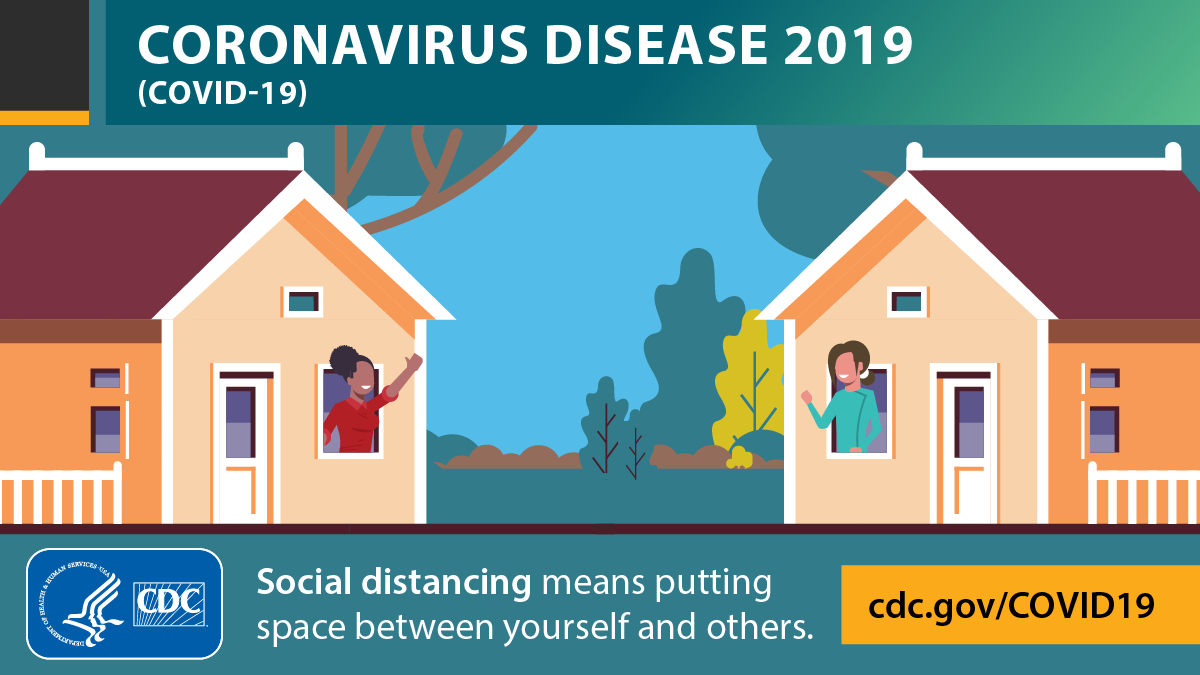

Social distancing: why some comply and others don’t
Previous coverage
By Philip Smith, assistant professor of kinesiology and health, and Shavon Anderson, university communications and marketing

Philip Smith, assistant professor of kinesiology and health.
As COVID-19 continues to spread across the United States and the world, many communities have lingering questions about the deadly virus and its impact. To help address concerns, Miami’s office of university news and communications connected with Philip Smith, assistant professor of kinesiology and health. Smith has expertise in psychology, epidemiology, health policy, community health and health behavior. In part 2 of a 4-part series, Smith discusses social distancing in a way that’s easy to understand, in his own words.
By now, everyone affected by the coronavirus pandemic has heard the term “social distancing.” The measure is being used to urgently slow the spread of COVID-19 along with quarantine and isolation for millions of Americans both sick and healthy.
But cities and states are increasingly cracking down on Americans who aren’t following the guidelines, leading to debates around attitudes toward social distancing.
The science behind it
There is a lot of science behind health-related human behavior and why people make the health-related decisions that they make. People who are really interested can learn a lot by looking up a few titles:
- The Theory of Planned Behavior.
- The Health Belief Model.
- Social Cognitive Theory.
- Transtheoretical stages of change model.
I’ll break it down here, though. One way to think of it is that there are three major reasons people do or do not behave in certain ways related to their health.
Attitudes
How much do people dislike social distancing? Do people think social distancing is important? Will it help keep me from getting sick, or keep other people from getting sick, and do I care? Will it help me avoid something I fear, like getting sick or dying, or having someone else get sick or die?
Perceptions
What do people think about others –– are other people social distancing? Do I get social points for social distancing? Do people who I look up to think I should be social distancing?
Choice
The third is related to whether the behavior is a choice and how capable someone is of social distancing. Do I have obligations that keep me from social distancing? How am I going to get food and make a living if I have to social distance? Those kinds of things fall under this category.
You can imagine someone not social distancing for any of these reasons –– thinking it isn’t important for one reason or another, getting invited to “coronavirus parties” and thinking it is cooler to not social distance than to social distance, or having perceived or real barriers to social distancing. A big part of the problem is that there is so much misinformation and unclear information out there, fueled by social media, so that people are not able to form accurate attitudes and beliefs to the best of their ability.
Cincinnati community social distancing survey
Before Ohio Governor Mike DeWine implemented the statewide stay-at-home order in March, myself and Paul Branscum, associate professor of kinesiology and health at Miami, conducted a social distancing survey with residents in the Pleasant Ridge community of Cincinnati. While the survey was small and not related to our research with Miami, we’re trying to pinpoint some of the reasons people are not social distancing to tailor messaging and encouragement to this specific community.
The survey included 84 participants who filled out a Facebook survey before the stay-at-home order was implemented. We asked questions related to their intentions to practice social distancing: maintaining more than six feet distance from others, avoiding crowds of more than 10 and staying home as much as possible.
Key points and recommendations
Younger participants were less likely to follow guidelines than older participants, and overall community attitudes see social distancing as unpleasant and frustrating. The survey concluded several recommendations, including:
- Focus on functional support for family, neighbors and friends; the more people can, the more they will.
- Tell people you are close to that they should practice social distancing.
- Find and share accurate sources of information.
- Communicate, especially to young people, the importance of social distancing.
- Ensure that community efforts include less represented groups.
We do not yet have data on how many people are participating in social distancing or who understand how important their participation is. My impression is that most people are trying and that most people are following at least some recommendations. This is especially true in states like Ohio, where strong policies were enacted early. Of course, we see in the news that there are also many people who are not following recommendations. Tragically, we are also seeing plenty of stories of people who ignored the recommendations, and who are now sick, dying or dead.
--
Join Philip Smith for an upcoming May 8 webinar: Miami Presents: Surviving COVID-19 - Making informed decisions during a global pandemic. Smith will teach basic skills for staying informed during the COVID-19 pandemic, empowering the audience to make informed decisions during this unprecedented time of uncertainty. The webinar is intended for a general audience and does not require any prior knowledge of public health or epidemiology.
